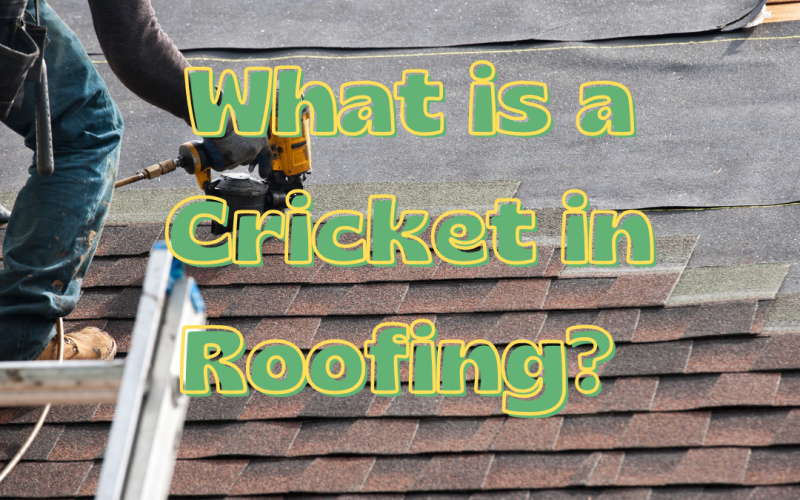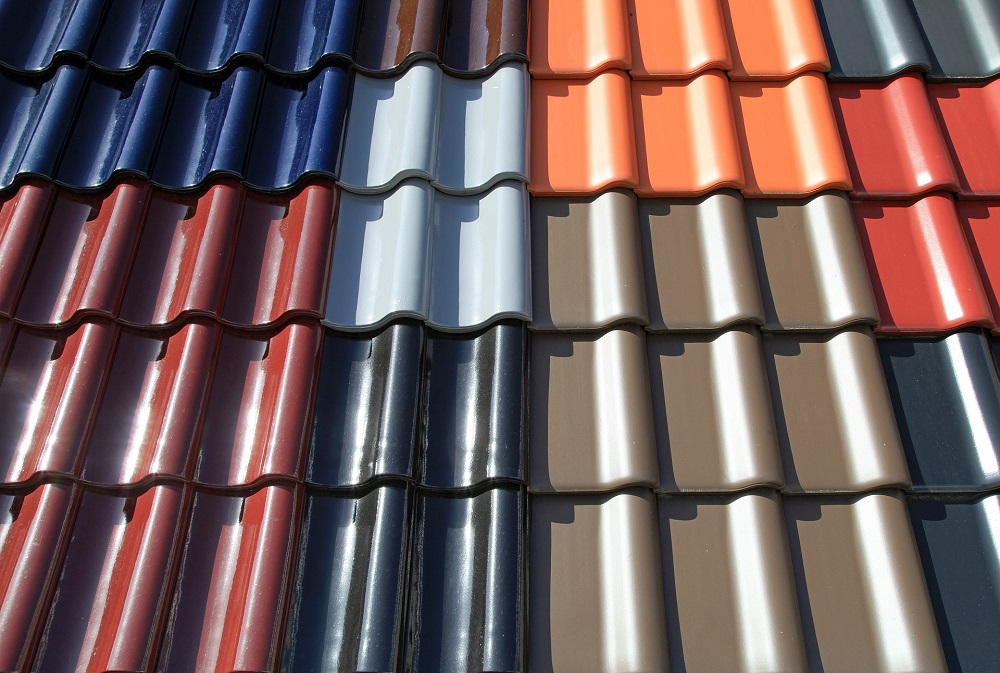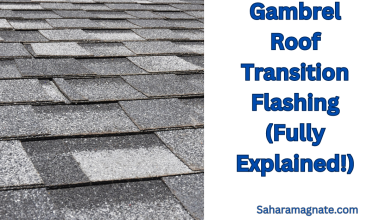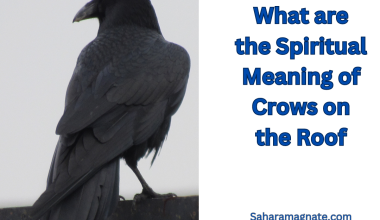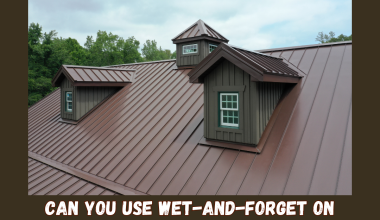Has your roofer ever mentioned crickets, and you were too embarrassed to ask what they meant? You’re not alone. Let me give you the 411 on what is a cricket in roofing.
It’s not as strange as it sounds – a cricket is a type of ridge or valley structure created when two sloped roof surfaces meet with a peak between them.
It’s the perfect solution for deflecting water away from these intersections and preventing water damage on both sides of the roof.
And your roofer will recommend it if you’re looking for extra protection against rain and snow storms.
In this article, we will answer all your burning questions about crickets in roofing – from why they’re essential to how they should be installed.
Read on to learn everything you need to know about crickets in roofing!
What is a Cricket in Roofing?
You may have heard the term ‘cricket’ in relation to roofs, but what is it exactly? A cricket, also known as a saddle, is a peaked ridge or structure on the back of a roof designed to divert water from different areas.
It’s usually situated behind a chimney, dormer window, or any other obstruction that would otherwise cause water runoff problems.
Crickets are built up with additional layers of sheathing before the flashings and underlayment are applied.
This additional height helps to better divert water around obstacles, providing extra support and protection against off-ridge winds that can tear off shingles.
The advantage of crickets is that they help protect vulnerable spots on your roof and keep them dry even when heavy rain or snowfall hits.
Not only do they keep these areas dry (and help prevent potential water damage), but they also help ensure that your roof looks good for years to come.
The Benefits of Cricket Installation
If you’re wondering what is a cricket in roofing, the answer is simple: it’s an extra-wide piece of flashing used to divert water away from common intersections on a sloped roof.
The cricket shape forms two valleys that form an area known as a “cricket saddle.”
There are several benefits to having a cricket installed on your roof:
- It helps divert water away from areas of your roof that would usually remain wet, helping to protect the roof’s structural integrity and preventing possible damage due to water pooling.
- It adds additional protection against ice dam formation, which can cause severe damage to your roof and the interior of your home.
- It enhances the longevity of your roof by providing additional protection at those vulnerable intersections, helping to prevent leaking and premature deterioration.
Installing crickets is straightforward for most experienced roofers, but ensuring they are correctly installed requires attention to detail—which can be harder than it looks!
If you doubt getting a cricket installed, consulting with an experienced contractor first is best.
Design Considerations When Installing a Cricket
You should know that proper design and installation of cricket is key to making sure your roof is effective in diverting water.
Let’s go into more detail.
Design Considerations
Cricket must be designed to slope from the ridge back towards the wall at least ¼ of an inch for every 12 inches in length.
It should also be wider than the adjoining roof portion by about 18 inches on both sides.
With that said, it’s important not to make the cricket too wide—this can cause water to pool onto the backup wall instead of transferring it away.
Installing a Cricket
When it comes time to install your cricket, you should remember that drainage slots in the middle of the peak (or near its outside edges) can help eliminate high areas of condensation.
Make sure to taper each side of the valley so water doesn’t catch or pool in any particular area. Securely fasten all flashing components with corrosion-resistant nails or screws.
Proper design and installation are essential when using a cricket in roofing—it will help make sure that any water runs off your roof safely and won’t cause any damage down below.
The Types of Roofs That Can Have a Cricket Installed
When it comes to installing a cricket on your roof, there are a few types of roofs that can benefit the most.
The types of roofs that can typically have a cricket installed are sloped roofs with low or sharp pitches.
You’ll especially want to consider a cricket if you have a gable roof since that type is particularly prone to having a water pool up in the middle.
When installing a cricket on your roof, there are two popular methods you should be aware of:
- Hiding the cricket under the shingles: In this method, you will use shingles to cover the top of your cricket so that it is barely visible from the ground and blends into the roofline for an aesthetically pleasing look.
- Installing metal flashing over the cricket: This method involves placing metal flashing over your crickets, ensuring all overlap points are adequately covered to ensure maximum protection against water and moisture damage. With metal flashing, your crickets will stay securely in place while maintaining an appealing look from the ground level.
Either way, installing a cricket will protect your roof from any areas where water might collect and keep it safe throughout all four weathering seasons.
How to Install a Cricket Roof
Installing a cricket roof is a job for a professional roofer. That said, here’s what a roofer will do to install one.
Preparing the area
The roofer will determine where to place the cricket and prepare the area. This includes cutting out the sections of the roof, removing any nails and existing flashing, and scraping off any existing dirt or debris.
Installing the cricket
The roofer will then place the cricket on the roof deck so it points up towards the roof ridge.
After that’s done, they’ll cut off any extra parts of flashing and nail it into place with nails that are galvanized or stainless steel so that they won’t rust due to weather or sunlight.
Adding layers
Once that’s done, they’ll apply a layer of underlayment over both sides of the cricket — usually, 30-pound felt paper — and then add another layer of a self-adhering waterproof membrane.
This helps protect against water getting in where it’s not supposed to be and prevents damage caused by leaks below.
After all, this is done, fasten a step flashing over each side of the shingle on both sides and cover it with matching shingles.
This helps ensure water is directed away from gaps in the joint between the ridge and wall properly.
It might seem like a lot to take in, but when you get professionals to do it, you know your cricket will be correctly installed!
Maintenance and Care for Cricket Roofs
When it comes to maintenance and care, cricket roofs require the same attention as other rooftops.
After all, the cricket is designed to keep water away from vulnerable areas on the roof, but if it’s ignored, any organic debris or leaves can accumulate and cause problems.
To maximize the effectiveness of a cricket roof, here are some maintenance tips to follow:
- Clean out gutters regularly and make sure downspouts direct water away from your home foundation;
- Check for cracks in the roof leading up to the ridge that could let water in;
- Inspect flashing around roof penetrations for signs of damage or need for resealing;
- Clear off leaves and other organic debris from crevices to reduce moss or algae growth chances.
Regularly maintaining a cricket roof can add years of life to your roof system and let you rest easy knowing that your home is protected from moisture damage.
Conclusion
Cricket roofing is a solution that helps direct water flow away from protruding roof features and protects your roof from any potential damage.
Crickets can be installed on different roofs and are best used on roofs with steep slopes, making them an excellent option for nearly any roofing project.
This roofing helps ensure a long-lasting, stable, and durable roof for your home, business, or any other building.
While installing a cricket roof can be difficult, it is worth the effort. Not only do they provide excellent protection, but they also improve the aesthetics of your roof and can be a great addition to any home or business.
So, if you’re looking for an effective roofing solution, you may want to consider installing a cricket roof.
